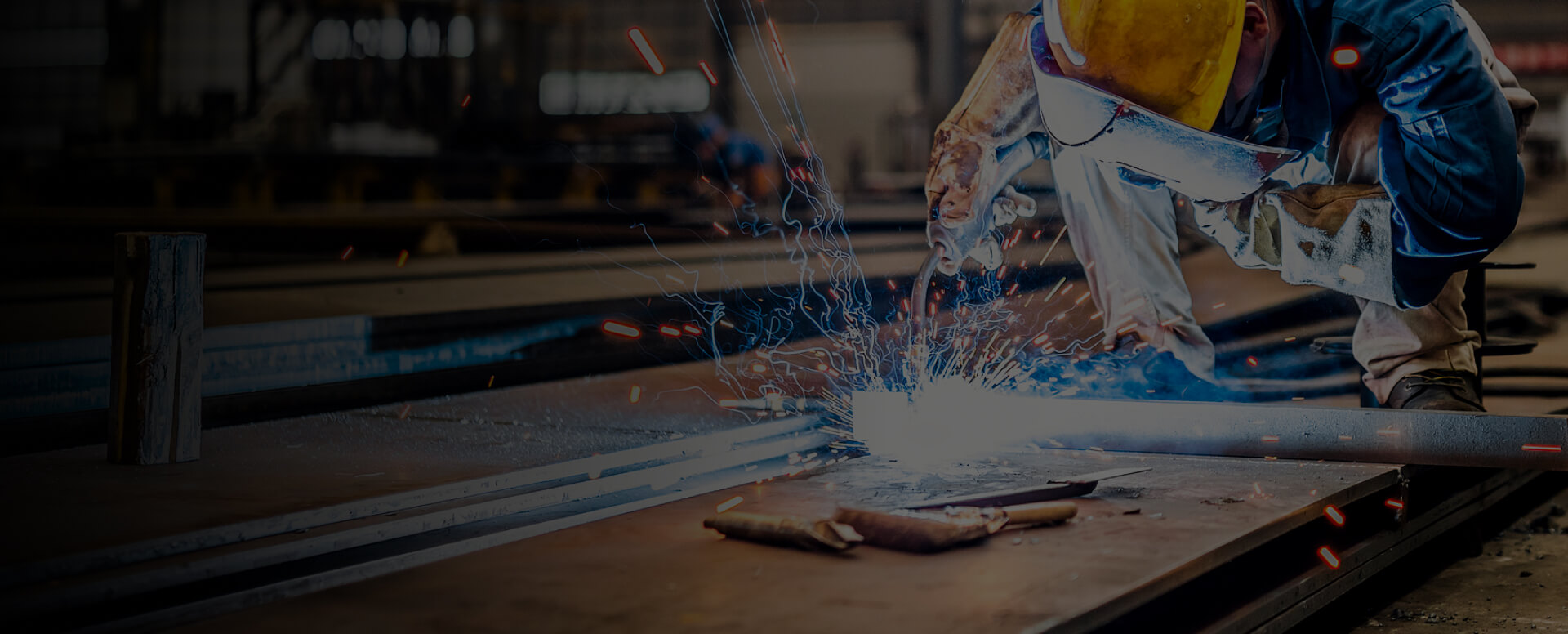
Materials Suitable and Unsuitable for Plasma Cutting
Plasma cutting is a process that uses an accelerated jet of hot plasma to slice through electrically conductive materials. While it excels with metals like steel, aluminum, brass, and copper, it is not suitable for non-conductive substances such as glass, certain ceramics, reflective metals, as well as some thin or composite materials.
Key Features of Plasma Cutting
Temperature and Speed
Plasma cutting operates at extremely high temperatures—often exceeding 20,000°C—enabling rapid cuts, especially in thick materials. Cutting speed can be adjusted based on material type and thickness, with thinner materials processed more quickly. Modern plasma cutters offer competitive speeds and a reduced heat-affected zone (HAZ), resulting in cleaner cuts.
Material Thickness and Gas Selection
Plasma cutting handles a wide range of material thicknesses. The choice of gas significantly influences cut quality:
1. Oxygen: delivers clean cuts on mild steel.
2. Nitrogen: often used for stainless steel and aluminum.
3. Argon: typically mixed with other gases for non-ferrous metals.
Understanding gas-material interaction is essential for optimal performance.
Materials Well-Suited for Plasma Cutting
Plasma cutting is widely used for conductive metals, including:
1. Steel: Common in automotive and construction applications.
2. Aluminum: Preferred in aerospace and marine industries for its lightweight.
3. Copper and Brass: Ideal for electronic components and decorative parts requiring precision.
Advantages of These Materials:
1. High cutting speed and accuracy.
2. Minimal thermal distortion.
3. Cost-effective for medium to thick materials.
4. Capable of intricate shapes and clean edges.
Materials Not Suitable for Plasma Cutting
Non-Conductive Materials
Since plasma cutting requires electrical conductivity, the following cannot be processed:
1. Glass: Typically cut with waterjet or laser methods.
2. Certain Ceramics: Most lack conductivity and require abrasive or laser cutting.
3. Reflective and Thin Metals
Highly reflective metals (e.g., gold, silver) can deflect the plasma stream, resulting in poor cut quality and potential equipment damage.
Very thin metals may warp or melt due to intense heat.
Heat-Sensitive Materials
1. Plastics: Many melt or emit toxic fumes under high heat.
2. Rubber: Prone to burning, melting, or releasing hazardous smoke.
Composite Materials
Fiber-reinforced or layered composites often react unevenly, resulting in imperfect cuts or structural damage. Specialized cutting methods are recommended.
Challenges of Plasma Cutting
Material-Related Issues:
Heat-Affected Zone (HAZ): May alter material properties near the cut.
Dross Formation: Molten residue can adhere to the cut edge, requiring post-processing.
Warping: Thin materials are susceptible to deformation.
Safety Hazards:
1. UV Radiation: Requires protective gear for eyes and skin.
2. Toxic Fumes: Ventilation is essential when cutting coated materials or plastics.
3. Electrical Risks: Proper equipment handling is necessary to prevent shocks.
Equipment Maintenance:
1. Consumable parts such as electrodes and nozzles wear out quickly and need regular replacement.
2. Gas flow and electrical systems require periodic checks to ensure consistent performance.
Conclusion
Plasma cutting is a versatile and efficient method for conductive metals, but it is not suitable for non-conductive, reflective, heat-sensitive, or composite materials. Understanding its limitations ensures better results, avoids equipment damage, and enhances workplace safety.
Related Articles

Plasma Welding: Applications, Benefits, And Industry Use Cases
Plasma welding is widely used in industries such as aerospace, automotive, and electronics due to its ability to deliver precise and high-quality welds.History and Development of Plasma WeldingThe quest for effective material joining has driven innovation for centuries. Welding, in its many forms, h

TIG Welding: Key Drawbacks And Comparisons with Other Methods
TIG Welding: Key Drawbacks and Comparisons with Other MethodsTIG (Tungsten Inert Gas) welding, also referred to as GTAW (Gas Tungsten Arc Welding), is known for producing high-quality and precise welds. However, it comes with notable limitations, including high skill requirements, slower operating s

Why Is Overhead Welding Considered The Most Challenging Position?
Due to issues with accessibility and the effect of gravity, overhead welding is widely regarded as the most difficult welding position.Overview of Welding PositionsWelding positions define the orientation of the weld relative to the workpiece and significantly influence both the ease of welding and

Can MIG Welding Produce Strong Welds?
Yes, MIG welding is capable of producing strong and durable welds when performed correctly using appropriate techniques and parameters.Factors Influencing MIG Weld StrengthMIG (Metal Inert Gas) welding is valued for its versatility and efficiency. The strength of a MIG weld depends on several key fa

What Kind of Welding Is The Most Difficult on The Market?
Understanding Welding Processes and Key ChallengesWelding encompasses a variety of techniques, each suited to specific applications and materials. Among these, Gas Tungsten Arc Welding (GTAW), also known as TIG welding, is often regarded as one of the most challenging due to its high demand for prec

